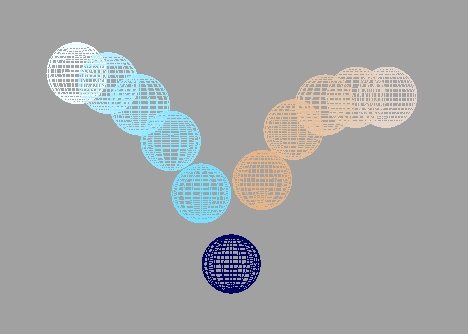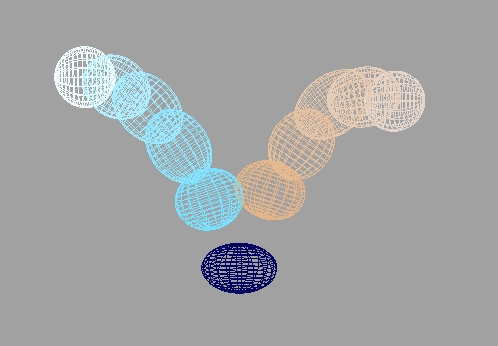Introduction
Which of the following ball bounces is more interesting?




My research attempts to study classical 2D animation to develop an algorithm that can stretch and squash the bones and joints of motion captured data and make it more "cartoony".
I am also interested in how the expressiveness of the motion might be increased or decreased by the rendering style. Possible problems that might arise might include unfavorable deformations of the character mesh due to weighting that was not intending for such manipulations of the skeleton.
1. "Turning to the masters: motion capturing cartoons" - Christoph Bregler, et al. 2002. - Captures motion from 2D cartoons and extracts the affine transformations from the deformations, then it can apply the same deformations to another character.
2. "Simulating cartoon style animation" - Stephen Chenney, et al. 2002. - Created an algorithm for automatic volume-preserving squash and stretch of simple volumes.
3. "Cartoon-style Rendering of Motion from Video" - J.P. Collomosse, et al.
4. "Video Analysis for Cartoon-like Special Effects" - J.P. Collomosse, et al.
Center of Mass
Length of Bones
Final Report - PDF file
Powerpoint Presentation
(Movie files removed due to space constraints, but are available upon request)
Rotoscoped Mickey Walk
Motion Capture Walk
Motion Capture Walk with Lowerback Length Altered
Motion Capture Walk with Back Length Altered